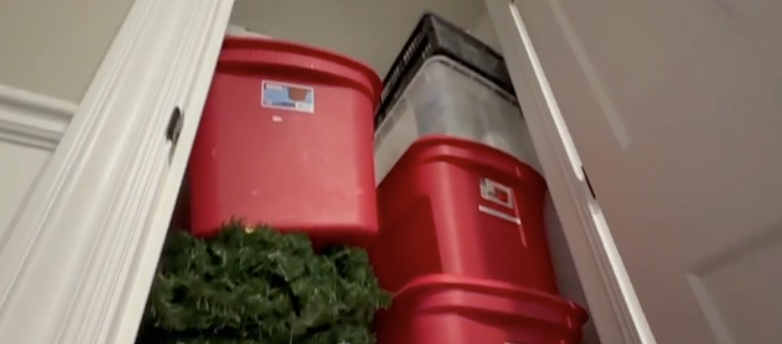The search for Malaysia Airlines Flight 370, which vanished without a trace almost three months ago with 239 people on board, has hit a dead end.
"The search in the vicinity of the acoustic detections can be considered complete. ... The area can now be discounted as the final resting place for MH370." (Via BBC)
Australia's Joint Agency Coordination Center, which has overseen the search for Flight 370, announced Thursday the final mission within the supposed crash site has come up empty.
For the past seven weeks, the search for the missing airliner has focused around four "pings," acoustic signals believed to come from the downed plane's black box. Authorities previously called the pings their best lead to finding the plane. (Via U.S. Navy)
But a senior U.S. Navy official told CNN Wednesday searchers may have been chasing a red herring. "Based on all the imagery data we've collected and looked at, if that black box were nearby we would have picked it up."
With the pings ruled out, it looks like the hunt for Flight 370 is back to square one. So, where do we go from here?
Well, right now "square one" is a set of satellite data recorded by British firm Inmarsat, which was released to the public last week. The data, which logs a series of satellite "handshake" transmissions with the plane, traces MH370's flight path to somewhere in the southern Indian Ocean. (Via The Guardian)
But the Inmarsat data still leaves authorities with the daunting task of combing through 60,000 square kilometers of ocean floor — that's about the size of West Virginia. To make matters worse, the sea floor in that area hasn't been fully mapped out yet.
A specialized Chinese ship is already working to survey the new search area, a process that's expected to take about three months. During that time, the Australian government plans to seek bids from private contractors who have the specialized equipment needed to continue looking for the plane. (Via The New York Times, The Sydney Morning Herald)
Scouring the revised search area could take up to 12 months, and is expected to cost over $60 million dollars. Australian authorities are planning to restart the search in August.











